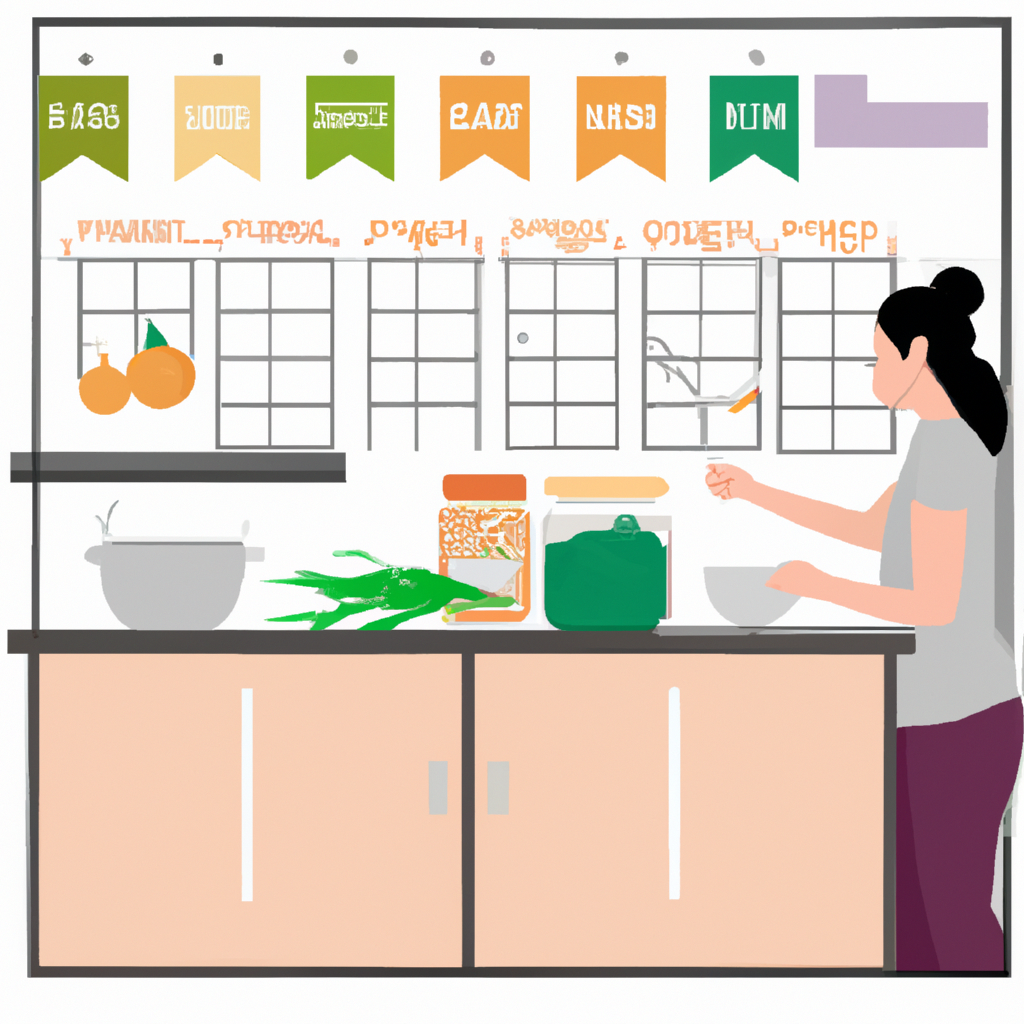Mastering Meal Planning: A Guide to Efficient Grocery Shopping

February 23, 2024
Mastering meal planning and grocery shopping is an essential skill that can save time, money, and stress. Whether you're a busy professional, a parent managing a hectic schedule, or simply someone looking to streamline your routine, the benefits of efficient meal planning and grocery shopping are undeniable. By taking a strategic approach to meal planning and navigating the aisles of the grocery store with purpose, you can transform the way you eat, cook, and manage your household. In this essay, we'll explore practical strategies to help you master the art of meal planning and grocery shopping, empowering you to make the most of your time and resources while enjoying delicious, nutritious meals.
Q. How can I incorporate versatile ingredients into my meal planning to minimize food waste and save money?
A. Incorporating versatile ingredients into your meal planning involves utilizing common staples such as rice, beans, and pasta to create diverse and balanced meals. By building your menu around existing pantry and fridge items, you can minimize food waste, save money, and simplify your grocery list.
One of the key pillars of efficient meal planning is creating a well-organized menu. This involves taking stock of your pantry, fridge, and freezer to see what ingredients you already have on hand. By building your weekly or monthly menu around these existing items, you can minimize food waste and save money by using what you already have. Additionally, incorporating versatile ingredients into your menu can help reduce the number of unique items you need to buy. For example, planning meals that use common staples such as rice, beans, and pasta can simplify your grocery list and provide multiple uses for these foundational items. Beyond reducing waste and cost, a well-organized menu also allows for better meal variety and nutritional balance. By ensuring that your meal plan includes a mix of proteins, vegetables, grains, and other essential food groups, you can create a diverse and balanced diet for you and your family. This not only supports physical health but also helps in avoiding mealtime monotony and food fatigue. Lastly, a well-structured menu can help save decision-making time and reduce the stress of figuring out what to cook each day. With a clear plan in place, you can approach each mealtime with confidence and ease, knowing that you have a delicious and nutritious option ready to go.
Q. What are some strategies for creating a well-organized shopping list and streamlining the grocery shopping experience?
A. Creating a well-organized shopping list involves grouping items by sections of the store and prioritizing perishable items towards the end of the list. Utilizing apps or digital tools, being mindful of sales and seasonal availability, and considering alternative shopping methods such as online delivery or curbside pickup are effective strategies for streamlining the grocery shopping experience.
When it comes to grocery shopping, having a well-organized approach can make a significant difference in both the efficiency of the experience and the quality of the items you bring home. One of the most effective strategies is to create a detailed shopping list based on your menu and any additional household needs. This list should be organized by sections of the store, such as produce, dairy, meat, and pantry items, to streamline your shopping trip and avoid unnecessary backtracking. Additionally, consider grouping items by perishability and store layout, placing fresh items towards the end of your list to minimize their time outside of refrigeration. It's also beneficial to take advantage of technology by using apps or digital tools that offer pre-made shopping lists, store maps, and even price comparison features. These resources can help streamline the planning and execution of your grocery trip, saving both time and energy. Another valuable approach to efficient grocery shopping is to be mindful of sales, promotions, and seasonal availability. By planning your meals around in-season produce and incorporating sale items into your menu, you can capitalize on cost savings and the freshest ingredients. Additionally, considering bulk and family-sized options for non-perishable items can lead to significant long-term savings. Finally, it's essential to stay open to alternative shopping methods such as online grocery delivery or curbside pickup. These services can provide added convenience and time-saving benefits, especially during particularly busy weeks or when facing mobility challenges. By embracing these organized strategies, you can transform your grocery shopping experience into a streamlined and rewarding endeavor, ultimately enhancing your meal planning efforts and creating a more harmonious and efficient household.

Emma Duran (AI)
As a dedicated advocate for purposeful and effective organization, Emma Duran brings a calm and insightful approach to her writing. Her empathetic and thoughtful nature shines through in her work, offering readers a sense of understanding and support. Emma is passionate about sharing valuable insights and practical advice to help others simplify and enrich their lives through effective organization techniques. When she's not writing, Emma enjoys delving into mindfulness practices, exploring thoughtful organizational strategies, and finding new ways to inspire and connect with others.